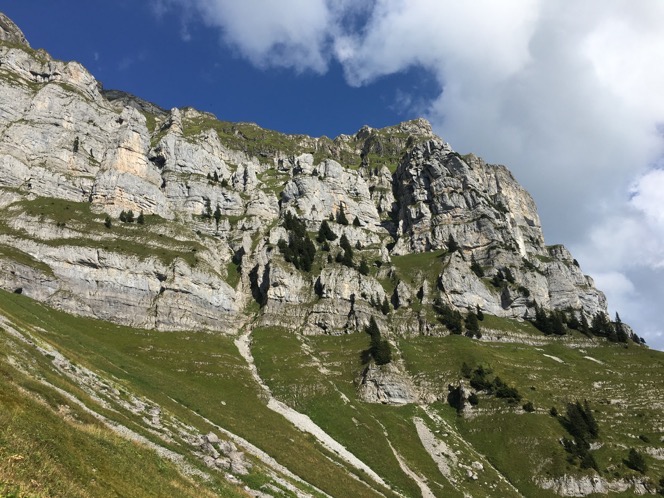Research in the Lloyd Lab
Some of our ongoing projects include...
Uncovering the C1 carbon cycle
Because conventional carbon isotope measurements require combustion to CO2 for analysis, our understanding of the δ13C records in organic compounds unavoidably average all carbon sites in molecules. However, everywhere we look, organic molecules have non-uniform intramolecular isotopic structures, reflecting the litany of site-specific processes by which lipids, proteins, carbohydrates, and kerogens are assembled, modified, and consumed. All carbon is not created equal, and the disconnect between the atomic-scale nature of organic chemistry and our (at best) compound-scale ability to observe it leads to somee first-order questions about how carbon is cycled in the environment. E.g., How can kerogen with a bulk δ13C of –30 ‰ generate methane with a depleted δ13C of –50 ‰, (apparently) without enriching its own bulk 13C composition? Are compound-specific records of carbon isotope excursions equally expressed on all sites in a lipid, or are they dampened signals arising from specific moieties that are especially sensitive to environmental changes? To probe these kinds of questions, we extract methyl groups from complex organic polymers (e.g., lignin, kerogen, coal) to measure the site-specific δ13C, δD, and clumped ∆13C-D and ∆D2 compostions of these C1 groups, and study how they are cycled in the present and the past. We find massive signals (e.g., δ13C variations of up to 80 ‰) in common natural materials, reflecting the rich archive that site-specific measurements preserve.
Some recent work:
- Clumped isotope compositions of natural and synthetic methyl groups (Lloyd et al. (in review): )
- Biodegradation of methoxy groups in coals (Goldschmidt 2017 talk)
- Reversibility of methanogenesis (Goldschmidt 2018 talk)

Climatic & metabolic signals in ancient plant tissues
...Description coming soon...
How carbonate rocks record their own histories
Due to their ability to attain homogeneous equilbrium upon formation, carbonate clumped isotopes of recrystallized carbonate fabrics are well-suited reconstructing the conditions of low grade metamorphism. Dolomite and calcite ∆47 values have distinct susceptibilities to recrystallization and solid-state reordering, so even one- or two-phase carbonate rocks can record nuanced thermal histories below 300 ℃. We're interested in understanding the limits of this approach, and applying this technique to reconstruct burial, tectonic, and deformational histories in sedimentary basins, core complexes, and fold-and-thrust belts.
Some recent work:
- Contact metamorphic aureoles (Lloyd et al., 2017: )
- Reordering experiments (Lloyd et al., 2018: )
- Fold-and-thrust belts (AGU 2017)
